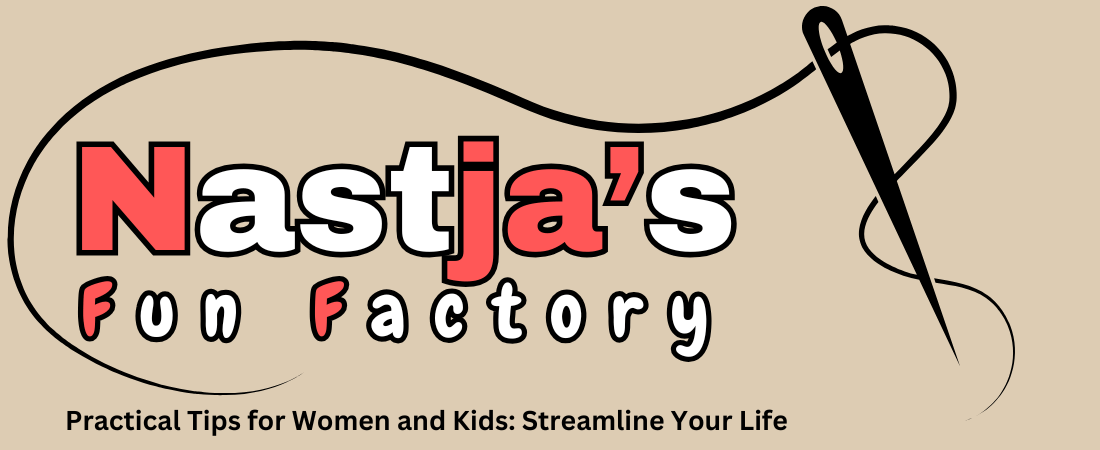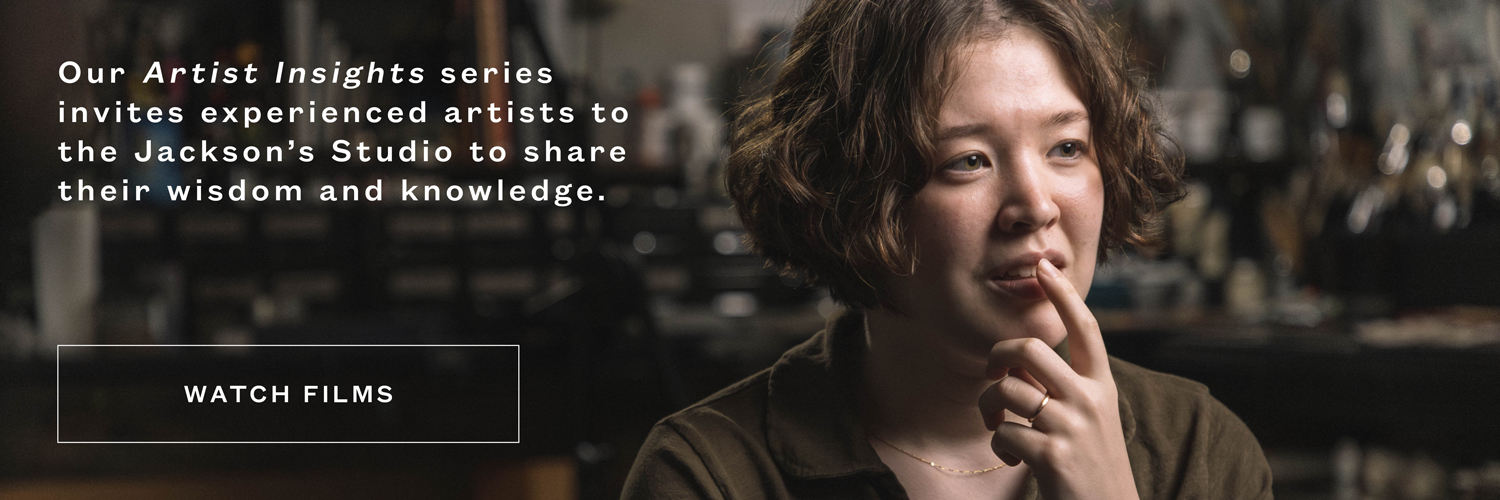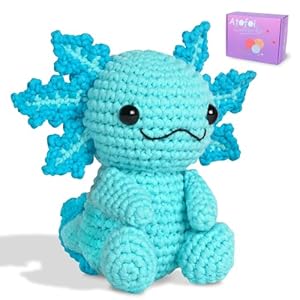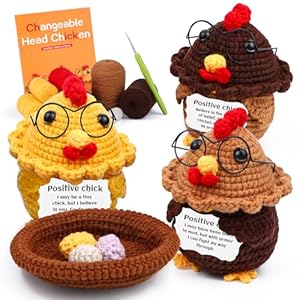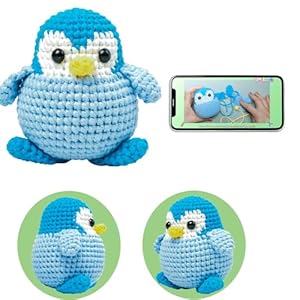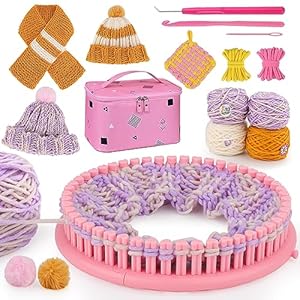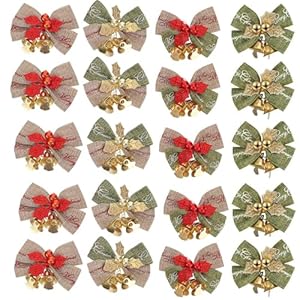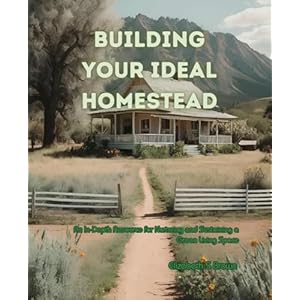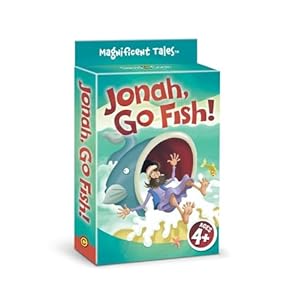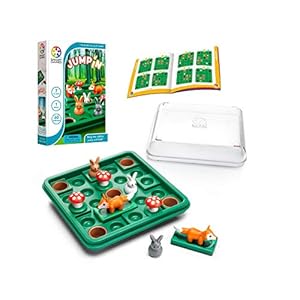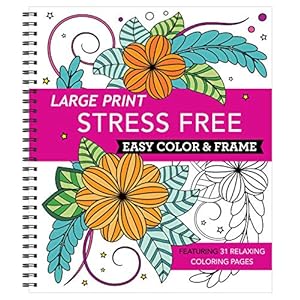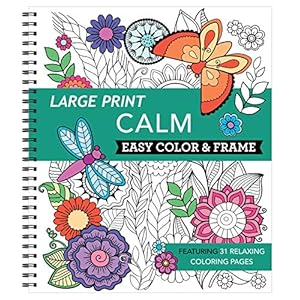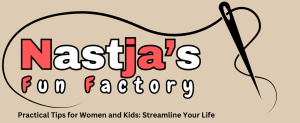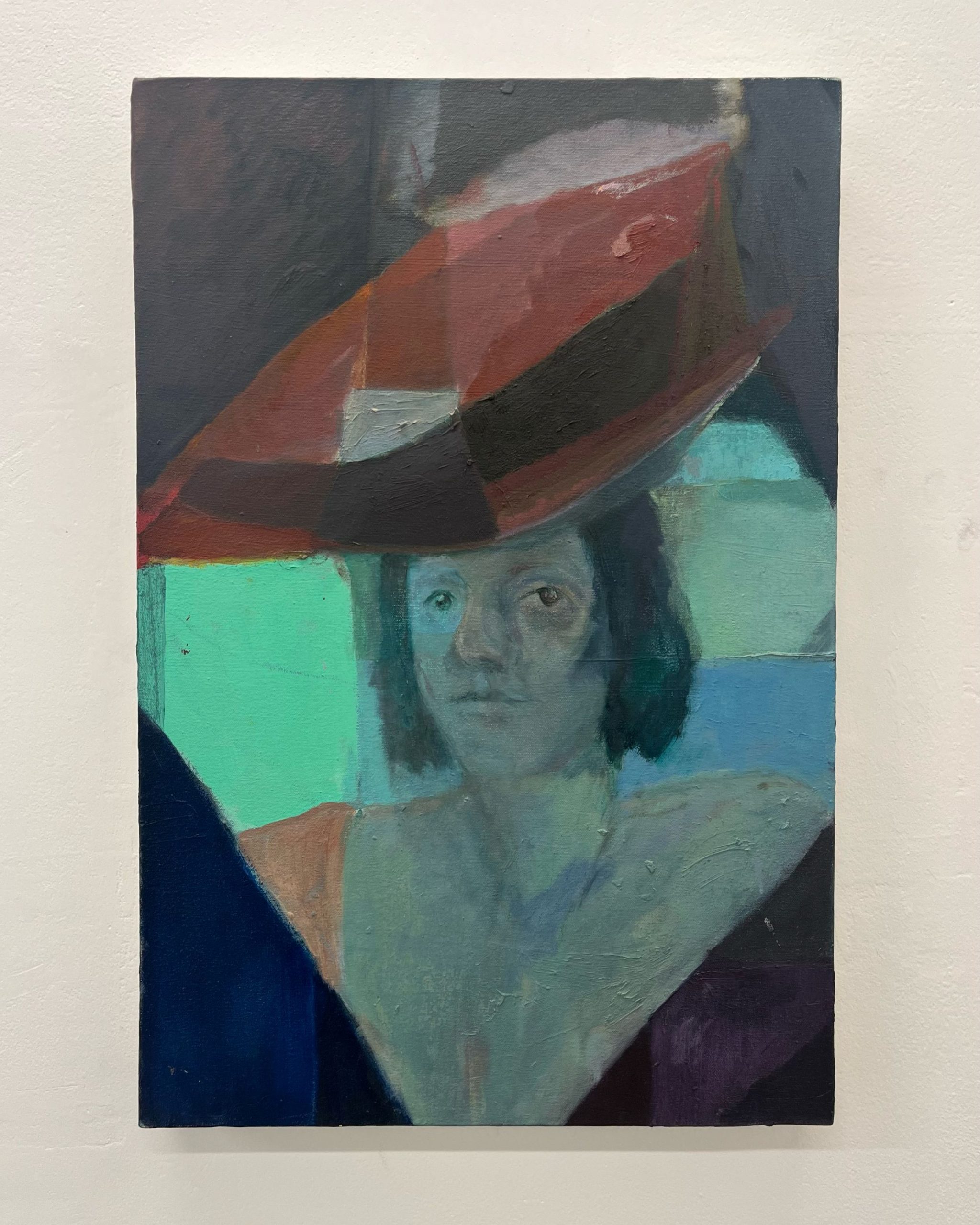
Bruno Diaz is a London-based artist whose paintings navigate the slippages between abstraction and figuration. In this Artist Insights film, he shares how his painting practice is rooted in drawing, how colour and the properties of pigments lie at the heart of his work, and why he admires artists who aren’t afraid to call themselves painters.
Artist Insights: Bruno Diaz
.embed-container { position: relative; padding-bottom: 56.25%; height: 0; overflow: hidden; max-width: 100%; } .embed-container iframe, .embed-container object, .embed-container embed { position: absolute; top: 0; left: 0; width: 100%; height: 100%; }
Contents
0:00 “I think painting is an imagined space, and you are always asking your audience to believe in it”
0:24 “All good paintings have tension”
1:20 Introduction
1:37 “The Royal Drawing School gave me the stimulation to feel what I was making had purpose”
2:16 “Colour is everything”
2:46 “I have started giving distemper a go”
3:24 “God, I’m letting you in on all my secrets now”
4:26 “I stay away from a lot of white because it sucks the pigment out of other colours”
4:54 “I can’t live without Phthalo Green and I hate Prussian Blue”
5:27 “I think my paintings, at heart, are rooted in a strict relationship with drawing”
6:41 “It’s always important for me to never stay too attached to the first idea and to let the painting take its own direction”
7:27 “Text is kind of a curve ball, but for me it’s an autobiographical tool”
7:57 “The dogs are kind of a self-portrait – it’s a way of remaining anonymous but projecting myself onto them”
8:22 “I am interested in speed in painting, I am interested in the push and pull between fast and slow”
9:15 “I love the layering process of oils”
9:41 “I use Michael Harding oil paints – the pigmentation is so pure”
10:00 “There are things you want to confront but can’t, so you do it through painting”
10:46 “The chalkboard works were about the idea of a palimpsest”
11:53 “I like work that is unapologetically about painting”
12:49 “The death of painting allows you to be quite radical”
13:15 “It was a really freeing time”
14:52 “To get into the zone, there is this kind of charade of expulsion”
16:02 “I could paint anywhere, I could paint upside down, I don’t mind”
17:10 “You can have a presence without a physical presence”
18:13 “Have a familiarity with your materials, a closeness to them”
19:32 Credits
Extract
I think it’s just about tension. All good paintings have tension, and that comes from mark-making, or subject matter. For me, I thrive in those kinds of slippages around abstraction. I’m interested in the push and pull between fast and slow. I’m sort of a magpie – I gather references from everywhere. Much of this comes from the fast-paced digital age and I feel it’s almost a duty to push back, and make images permanent, though there’s still something to learn from that speed. Painting is a story of representation, of slowness. Yet even within painting, you can find a kind of quickness, whether through saturated references or the way you simplify forms.
My name is Bruno Diaz. I’m a painter, and I’m in the Jackson’s Studio to talk about my work. Some of my earliest memories of painting and drawing come from a young age, but I think it was my experience on the Royal Drawing School Foundation Year in East London that gave me the confidence to pursue it properly. I’d never been in an environment like that and it was unbelievably transformative. The Royal Drawing School has a massive focus on drawing as a crux to all forms of making. The experience gave me the confidence to feel that what I was making had purpose and could be developed further.
I spend a lot of time learning about colour, reading and testing – it’s the heart of everything for me. Sometimes I just have days in the studio where I practice mixes and I write them down. I record the coolness, warmth, how these elements and properties can manipulate depth and how they sit in a painting. Generally, I have a warm palette, and I don’t use the colour black because I have a black that glows from reds and greens.
I try to stay away from a lot of white because it sucks the pigment out of other colours, so I work with a lot of yellows. I’ve also been working with neon at the moment, Neon Green, which has been fun, but mainly because it changes the lightest point. It changes your white and completely alters your traditional palette sense.
I can’t live without Phthalo Green at the moment. When used just purely, it’s quite dark, but as soon as it’s thinned down, it has this really bright quality to it. I also make all my greys out of it and it’s still got this kind of vibrancy. I hate Prussian blue, it’s just impossible to wipe away, and it’s just so ominous.
In a way, painting sort of weaves things that you want to confront, but can’t. It’s a kind of absurdist realism and a sort of escape from this fictitious land. Ultimately they’re paintings which are concerned with the act of painting – I enjoy pushing paint around. I think that painting is an imagined space anyway, and you’re always asking the audience to believe in it. So I’m not making images, I’m interested in paint, but to imbue a kind of mystery, you need certainty. And for me, that certainty is figuration, And yeah, I always follow what that tells me, essentially.
I studied my undergrad at the Glasgow School of Art and I loved it there, but my experience was affected by COVID quite a lot. I only really had the final year in the studios to work. Although we lost access to the studios, what we gained was a lot of independence through doing collective exhibitions and collaborating with studio partners. It was almost a retaliation against the screen. It made me more ambitious and make larger works because I was kind of repelled by the idea of works being seen through a screen. There was a lot of repressed energy that I think as a collective of the year, we all felt. That experience really developed my work; it was a chance to experiment on a really large scale, really small scale, and to really hone in my craft.
Oils are my preferred medium because of their flexibility, dexterity, and the immediacy of the colours, thinning the paint down, and thickening it. I like that everything could be painted over. I enjoy the layering process of oils, and of tapping into a rich history. The paints I use are Michael Harding oils. The pigmentation is so pure, I really notice it compared to the student oils that I was using to begin with. I also know that you can make every single colour with enough time and patience and if you know the properties. I consistently use Michael Harding oils for the warms and colds of my primary colours.
The chalkboard works were about the idea of a palimpsest. They’re a constructive device for me to play with surface. I managed to create a surface with sand, acrylic and oil with the kind of chalkboard quality that I liked. The chalkboard was used as a device to point importance to what was on it. For me, the text is an autobiographical tool that began on the chalkboard work, but I pushed it into the triptych I made of these running dogs. It has a really nice flow in terms of actual writing. And it guides you from left to right, which I liked as well.

Shapes That Have Been, 2025
Bruno Diaz
Aquatint on copper on Hahnemeule paper, 7 x 9 in | 17.8 x 22.9 cm
Shortly after my degree show, I got the opportunity to exhibit in London. I had a week to make a new set of work. It was a group show and it gave me a real energy and buzz to kind of integrate into the London art scene. But working out a balance between work and painting has been tough, but interesting. I’ve been working a lot in theatre and set design as well as doing work experience for scenic painting. I’m trying to keep the same skills, the same hand movement constantly flowing, which forces you to think about your own practice.
When you’re working on 14-meter backcloths it’s a completely different approach to making. There’s something about the sort of determination and endurance that you gain from that kind of work which feeds into your own work. I try to start the day with a little cleanup but then it just ends up in complete chaos. But that’s where the action happens, so it’s good to get into the zone.
The journey to the studio is really important for me. It’s one of my favorite times of the day, just kind of knowing that it’s going to be quite rough but rewarding. But then there’s this kind of dance of just expelling the outside noise. So I read a bit, draw a bit, play around, just procrastinate, and then I just hit this state where everything goes silent. Sometimes I work with music, sometimes not. And then it’s just quite flat out from there, but usually in the evenings as I’m a bit of a night owl. When I feel the city begin to quieten down outside I kind of switch on, and then I tend to work through the night.
I work on a quite large scale with lots of small works alongside, so I work on quite a lot of things at once. Sometimes there’s lots up on the wall and sometimes they’re turned around to not distract the others. I use sketchbooks, photographs at times, lots of references, and objects, with prolonged periods of visual gathering.
My paintings at heart are rooted in a strict sort of relationship with drawing. I think these skills and attention to looking were honed on the Foundation Year at the Royal Drawing School. I’ve got a lot of sketchbooks in different sizes. They’re all very loose – a lot of it is in ink, it’s very quick. Drawing is sometimes supplementary to a bigger painting. It’s a chance for me to get really close in on something that I’m struggling with, to try and understand it and then take it back to the painting.
A lot of my imagery comes from imagined spaces. I work from life when I need figures – if I have an idea, I’ll go outside and draw what I need. I also pull references from cinema, television, cartoons, even things on the street. Bricks, for example, can become a reference.
Now I’ve got into the phase of having the idea and letting it brew and not having too many references, or too many distractions. It’s important for me not to stay too attached to the first idea and to let the painting take its own direction. So even if I start with something, the painting always guides me somewhere else. I’m not strict with my references at all, but they’re a good starting point.
For my surface, I work with a quite thick canvas, cotton at the moment. Applying rabbit skin glue is a very laborious process that takes a long time to dry. I’ll spend a week stretching paintings; just prepping about 10 paintings and stretchers. I use a thick frame because I like how it’s sturdy and it kind of combats the physicality of painting and gives you the option to be more physical with your surface. I also think edges are really important. The first thing I look at when I go to a show is the edge of a canvas and the frame and see what’s underneath, to see the layers. You’re working within a frame and that’s already your limitation. So if you get to see a tiny bit of leakage or what’s come around the side, it’s almost like seeing behind the scenes.
It’s really nice to get to know your surface before you start painting, spend time with it, and be slow with it. I’ve started giving tempera a go which just means a pigment and a binder. My binder is rabbit skin glue, and that’s been really interesting, although very time-consuming. You have to heat the rabbit skin glue and pre-mix the pigment and you have much less control of colour variations. You’re under a time constraint before the glue begins to slow down and congeal. It’s essentially a coloured glue and because of these time constraints, you have to work in a completely different way. You end up blocking large areas of colour and then building from there. It’s a really silky, almost ethereal and ghostly surface that is a good backbone to build from.
I’m learning about the actual properties of pigment and colour and how they behave just through trial and error. For example, the blues are really powerful and hard to control, yellows also, and then green pigment is really weak. I use a lot of green, so it’s learning how to control it. I also had to learn how to make my own oils.
So I’ve been learning about the properties of oil such as the consistency, and how some colours need more linseed than others. It’s just given me more control over the consistency of paint that I’m using as opposed to straight out of the tube. I can control my materials far more.
I start off with about two or three hours of mixing my colours and I mix my palette in bulk. And then it’s important to cover the surface and get stuff down. I start painting with large washes of colour, super diluted, thinking about what I want to sit in front, sit behind, and the coldness and warmth of things. From there, I’ll just paint quite loosely, quite linearly and rub out with a rag if it’s not working and then just build up over time.
My brushes are kind of like pots of gold that I have collected over the years. I like long brushes with rounded edges mainly. Sometimes I put them on a stick because I like to fill up the canvas quickly and it forces you to keep a distance. You can view it from afar and the marks are always much more exciting anyway. I’ve got a lot of tiny brushes now for going closer.
In terms of mediums, I use turpentine normally as a thinner. Besides that, I use linseed oil and turpentine mixed together sometimes. When there are other people in my studio I use odourless solvents such as Gamblin Gamsol. But with my newer distemper work, because it’s such a thin surface and you can paint over with oil, I’ve been using quite a lot of liquin as a glazer. And then I also use a gloss varnish.
I think in terms of the act of painting and as the painting progresses it’s important to not be precious – to be open to change and to try radical things. The image is always changing and it’s not about focusing on what’s been lost or changed it’s just about a rebirth. Sometimes I turn it around for two weeks and I won’t look at it and by the time I’ve turned it around again, I just don’t care for it at all. So then I’m happy to make changes. It’s about just being open to the whole image becoming something new and about keeping that tension alive, that’s where the kind of magic happens.
In terms of knowing when a work is finished, I’m not sure if they’re ever finished. Titling is important to me – I enjoy the kind of comedic element that it can bring and the sway of direction that it takes the audience on. They usually come secondary, but sometimes they come first. A lot of my titles come from things I enjoy in literature, from songs, or from things I’ve ever heard. They usually have a comedic element to them. Some of the paintings are worth titling and some just remain untitled.
My interest in the invisible is, I think, stemmed from my fascination with outline and cartoons and quickness and speed and how the outline implies that there is this emptiness on both sides. So it has this metaphysical quality, which I’ve been thinking about in terms of objects and accessing the inwardness of a thing or a person, about absence and of presence. You can have presence without a physical presence through whatever it is that you paint, you know, a space which feels lived in, objects that have been touched and moved.
A lot of my images are fleeting. You see this action of leaving and the remnants of what’s behind and the viewer has to pick up the pieces of what’s left behind. I’m also interested in image retention in relation to the saturation of media today and how little time we spend on things. And ultimately, you want to make work that people sit with and spend time with.
T.J. Clark, an art critic and writer, has a book called The Sight of Death, which is a diaristic entry of visiting the same Poussin painting every single day for I think a month or two. And you read it and after about three weeks in, you start noticing things that he hadn’t seen in the first week, such as a missing reflection in the water of one of the shepherds, but everyone else has a reflection. And it’s this sustained viewership and what you gain from that. I think the way that I paint, I think naturally builds its own narrative and storytelling with these kinds of repeated motifs that appear, like snakes and rocks and dogs and other things.
The fascination with dogs comes from, well, both my parents are vets. So I’ve been around animals my whole life. Some of my earliest drawings were of dogs. For me, the dogs are a kind of self-portrait in a way – it’s a way of remaining anonymous, but projecting myself onto them. I actually haven’t painted any dogs since my dog passed. And I’ve kind of been gearing myself up to paint some more, but I don’t think I’m ready yet. She was called Luna, which means moon in Spanish. And she passed on summer solstice. So there was a cosmic certainty.
I’m really influenced by artists who call themselves painters. I like work that is unapologetically about painting and boasts the capabilities of the medium. Walter Benjamin describes the use of the camera and the act of painting as like a surgeon and a magician, in that the camera operates on this kind of surgical imposition and actually gets inside the subject, whereas the painter maintains a kind of natural distance. I enjoy painters such as Niko Pirosmani and Merlin James, who have these unbelievably charged settings and have just complete control of their mark-making and the medium. The artist who has had a really big influence on me would be the Russian painter Sanya Kantarovsky. He makes incredibly powerful and emotive works.
Any secrets or special techniques? I would just say, having a familiarity with your materials, a closeness with them and just appreciating them. These things have a history to them, the pigment has come from such a long process and these materials are charged within themselves – the painter is activating them and needs to have a kind of unity on the canvas.
Further Reading
Making Your Own Oil Paint with Jackson’s Pigments
Choosing the Right Canvas for Your Painting
<a href="Shop Oil Painting on jacksonsart.com
The post Artist Insights: Bruno Diaz appeared first on Jackson's Art Blog.
Trending Products
